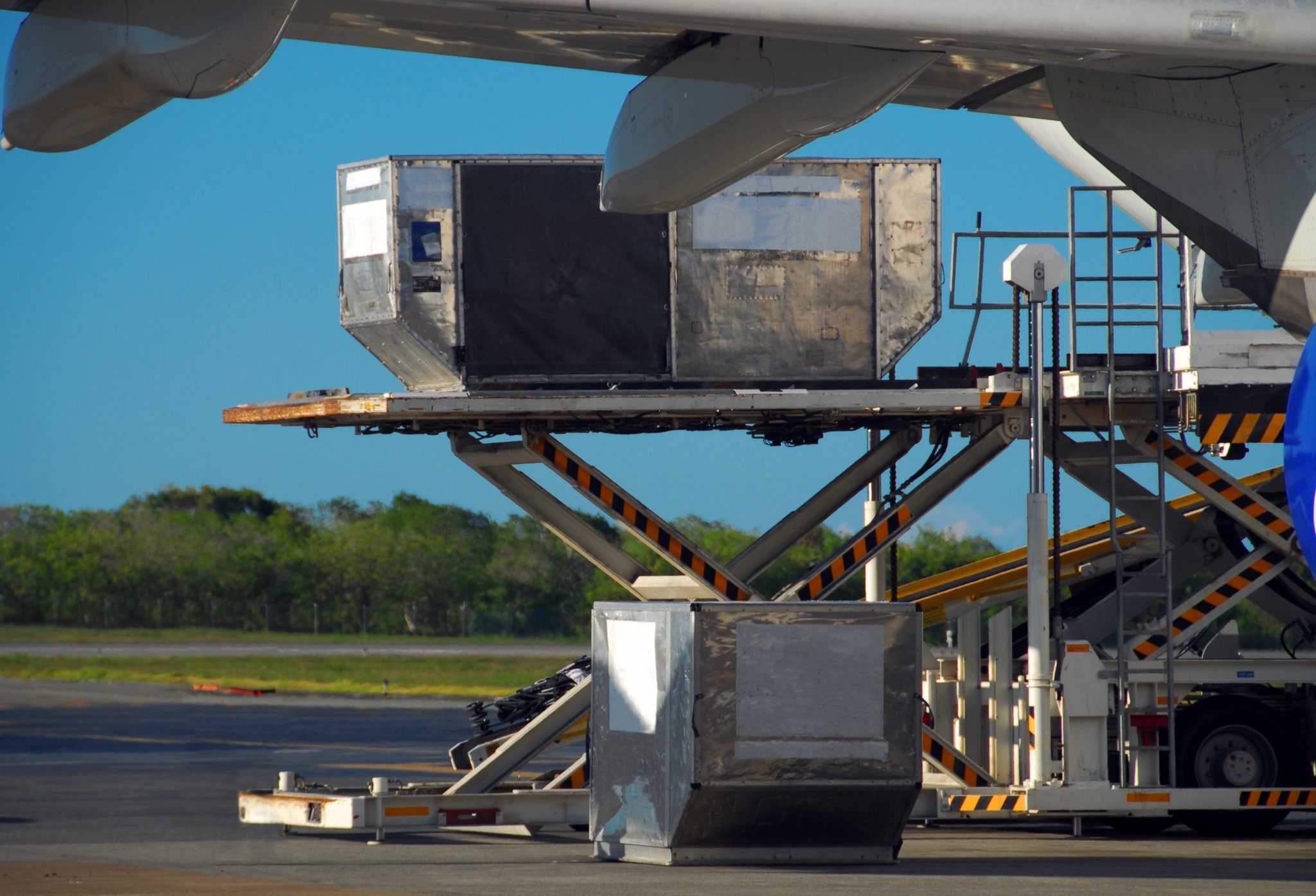The International Air Transport Association (IATA) announced global passenger traffic results for the full year of 2014 showing demand (revenue passenger kilometers or RPKs) rose 5.9% compared to the full year of 2013. This 2014 performance was above the 10-year average growth rate of 5.6% and the 5.2% annual growth experienced in 2013 compared to 2012.
Capacity rose 5.6% last year, with the result that load factor climbed 0.2 percentage points to 79.7%. All regions saw demand grow in 2014. More than half of the growth in passenger travel occurred on airlines in emerging markets including Asia-Pacific and the Middle East. In recent months domestic market growth played a large role in driving growth. This is owed mainly to a pick-up in Chinese domestic travel which expanded by some 11% in 2014 over the previous year.
| Dec 2014 vs. Dec 2013 | RPK Growth | ASK Growth | PLF |
|---|---|---|---|
| International | 6.3% | 6.5% | 78.3 |
| Domestic | 5.8% | 5.8% | 79.4 |
| Total Market | 6.1% | 6.2% | 78.7 |
| YTD 2014 vs. YTD 2013 | RPK Growth | ASK Growth | PLF |
|---|---|---|---|
| International | 6.1% | 6.4% | 79.2 |
| Domestic | 5.4% | 4.3% | 80.6 |
| Total Market | 5.9% | 5.6% | 79.7 |
“Demand for the passenger business did well in 2014. With a 5.9% expansion of demand, the industry out-performed the 10-year average growth rate. Carriers in the Middle East posted double-digit growth while results in Africa were barely above previous-year levels. Overall a record 3.3 billion passengers boarded aircraft last year—some 170 million more than in 2013. While it is clear that people will continue to travel in growing numbers, there have been signs in recent months that softening business confidence is translating into a leveling off of international travel demand,” said Tony Tyler, IATA’s Director General and CEO.
International Passenger Markets
International passenger traffic rose 6.1% in 2014 compared to 2013. Capacity rose 6.4% and load factor slipped 0.1 percentage points to 79.2%.
- Asia Pacific carriers recorded an increase of 5.8% compared to 2013, which was the largest increase among the three biggest regions. However, traffic has been broadly flat over the past four months or so amid signs of a slowdown in regional production activity, although trade volumes have remained strong. Capacity rose 7.0%, pushing down load factor 1.1 percentage points to 76.9%.
- European carriers’ international traffic climbed 5.7% in 2014. Capacity rose 5.2% and load factor rose 0.6 percentage points 81.6%. Robust travel on low fare airlines as well as airlines registered in Turkey offset economic weakness and risks in the region.
- North American airlines saw demand rise 3.1% in 2014 over 2013. Among developed economies, the US is the standout performer. Capacity rose 4.6%, dropping load factor 1.1 percentage points to 81.7%. This was the highest among all regions.
- Middle East carriers had the strongest annual traffic growth at 13.0%. The region’s economies continue to show robust growth in non-oil sectors, and are therefore well-placed to withstand the plunge in oil revenues. Capacity rose 11.9% and load factor climbed 0.8 percentage points to 78.1%.
- Latin American airlines’ traffic rose 5.8%. Capacity rose 4.7% and load factor climbed 0.8 percentage points to 80%. While Brazilian economic growth has stagnated, regional trade volumes have improved in recent months.
- African airlines experienced the slowest annual demand growth, up 0.9% compared to 2013. With capacity up 3.0%, load factor fell 1.5 percentage points to 67.5%, the lowest among the regions. The weakness in international air travel for regional carriers is not believed to be attributable to the Ebola outbreak, the impact of which has been restricted largely to Guinea, Liberia and Sierra Leone, markets that comprise a very small proportion of traffic. Instead it appears to reflect negative economic developments in parts of the continent including Nigeria, which is highly reliant on oil revenues. South Africa also experienced weakness earlier in the year.
Domestic Passenger Markets
Domestic air travel rose 5.4% in 2014, with all markets showing growth, led by China and the Russian Federation. Capacity rose 4.3% and load factor was 80.6%, up 0.7 percentage points over 2013.
| Dec 14 vs. Dec 13 | RPK Growth | ASK Growth | PLF |
|---|---|---|---|
| Australia | 0.2% | -1.0% | 76.6% |
| Brazil | 11.4% | 9.7% | 80.9% |
| China P.R. | 13.9% | 12.3% | 77.3% |
| India | 12.5% | 0.4% | 84.7% |
| Japan | -0.6% | -0.6% | 62.2% |
| Russian Federation | 7.0% | 7.3% | 66.8% |
| US | 1.7% | 3.6% | 83.7% |
| Domestic | 5.8% | 5.8% | 79.4% |
- China’s domestic air travel rose 11.0% in 2014, helping to drive global air travel performance upward. The strong result occurred despite signs of a slowdown in the Chinese economy and industrial activity although consumer spending remains robust.
- Russian domestic traffic climbed 9.8% last year but with the economy on the brink of recession, growth rates are expected to sharply decline in early 2015.
The Bottom Line:
“In the aftermath of the Greek elections and the intensifying debate on how to deliver a dynamic economic program for Europe, we must not forget the power of air connectivity to create growth. Governments can kick-start economic development by reducing the passenger taxes that depress demand for air transport, costing jobs and prosperity. There are some positive signs. The Scottish government is promising to cut its air passenger duty by 50%. And Austria’s air transport levy is being evaluated as part of comprehensive tax reforms. Scrapping the Austrian levy alone could create some 3,300 jobs. That should help convince politicians in these countries to move from considering reductions to delivering results. High taxes, onerous regulation and infrastructure limitations make Europe a tough place to run an airline. A continent-wide commitment to address these issues so that aviation can play its critical role as an economic catalyst would be a powerful signal that Europe’s politicians really do mean business,” said Tyler.
View December Passenger Results (pdf)
Press Release No. 5, Geneva – 5 February 2015


